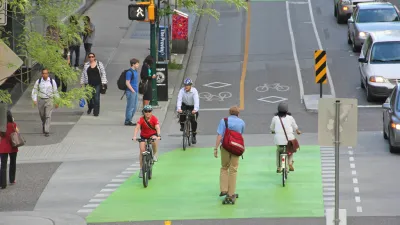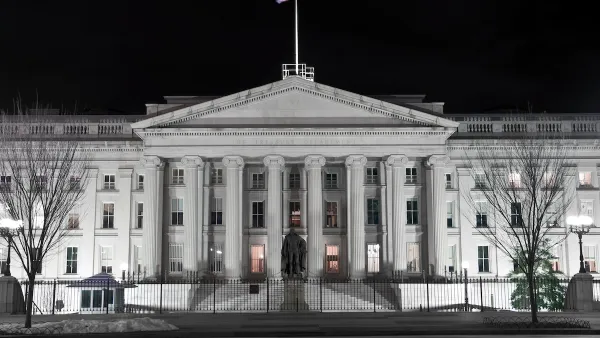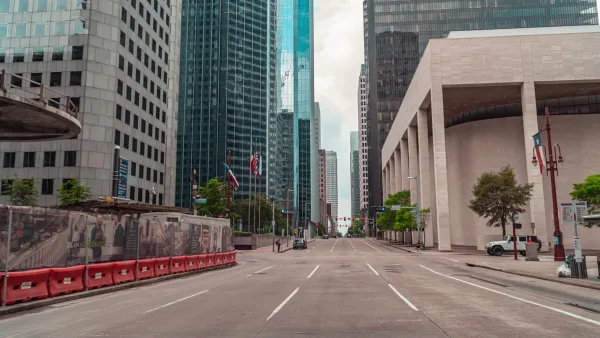Cities designed for one type of mobility - the car - result in residents impaired by multiple types of ailments. To create a happier and healthier city, the solution is to facilitate many ways of getting around, especially alternatives to the auto.

"Is urban design really powerful enough to make or break happiness?" asks Charles Montgomery. "The question deserves consideration, because the happy city message is taking root around the world. 'The most dynamic economies of the 20th century produced the most miserable cities of all,' [former Bogota mayor Enrique] Peñalosa told me over the roar of traffic. 'I'm talking about the US Atlanta, Phoenix, Miami, cities totally dominated by cars.'"
Montgomery goes globetrotting in search of the secrets of the world's happiest cities. And what, did he find, do happy cities share in common? They've found ways to facilitate travel by means other than automobiles.
"Why would travelling more slowly and using more effort offer more satisfaction than driving? Part of the answer exists in basic human physiology. We were born to move. Immobility is to the human body what rust is to the classic car. Stop moving long enough, and your muscles will atrophy. Bones will weaken. Blood will clot. You will find it harder to concentrate and solve problems. Immobility is not merely a state closer to death: it hastens it."
FULL STORY: The secrets of the world's happiest cities

National Parks Layoffs Will Cause Communities to Lose Billions
Thousands of essential park workers were laid off this week, just before the busy spring break season.

Retro-silient?: America’s First “Eco-burb,” The Woodlands Turns 50
A master-planned community north of Houston offers lessons on green infrastructure and resilient design, but falls short of its founder’s lofty affordability and walkability goals.

Delivering for America Plan Will Downgrade Mail Service in at Least 49.5 Percent of Zip Codes
Republican and Democrat lawmakers criticize the plan for its disproportionate negative impact on rural communities.

Test News Post 1
This is a summary

Test News Headline 46
Test for the image on the front page.

Balancing Bombs and Butterflies: How the National Guard Protects a Rare Species
The National Guard at Fort Indiantown Gap uses GIS technology and land management strategies to balance military training with conservation efforts, ensuring the survival of the rare eastern regal fritillary butterfly.
Urban Design for Planners 1: Software Tools
This six-course series explores essential urban design concepts using open source software and equips planners with the tools they need to participate fully in the urban design process.
Planning for Universal Design
Learn the tools for implementing Universal Design in planning regulations.
EMC Planning Group, Inc.
Planetizen
Planetizen
Mpact (formerly Rail~Volution)
Great Falls Development Authority, Inc.
HUDs Office of Policy Development and Research
NYU Wagner Graduate School of Public Service





























